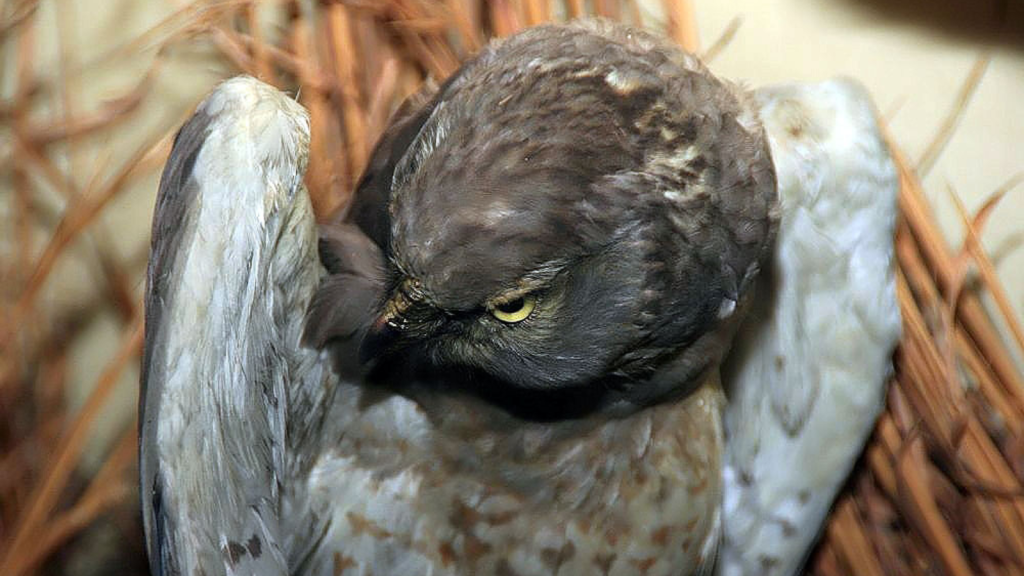The vast prairies of the Great Plains stretch as far as the eye can see, teeming with life and untold wonders. While many imagine these grasslands as peaceful havens, they’re home to some of nature’s most formidable hunters. From swift-footed felines to razor-taloned raptors, these predators have adapted perfectly to life on the open range. Their remarkable skills and strategies ensure their survival in this challenging environment. Join us as we explore the top 16 fierce hunters that roam these expansive grasslands.
American Badger

The American badger is a stocky, low-slung digger with powerful claws and a feisty attitude. These solitary animals are masters of ambush, often lying in wait at the entrance of their prey’s burrow. Their keen sense of smell and hearing make them excellent hunters, capable of catching everything from ground squirrels to small birds. Badgers are also known for their impressive digging abilities, which they use to pursue prey underground and create extensive burrow systems for shelter.
Coyote
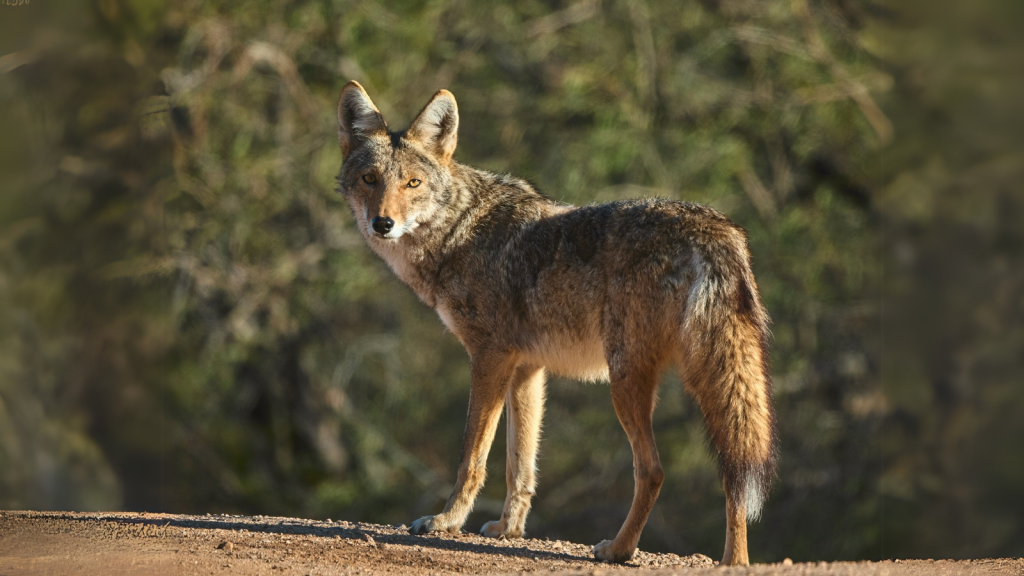
Coyotes are adaptable and clever hunters, thriving across the Great Plains. These canines hunt alone or in small family groups, using their speed and agility to chase down rabbits and other small mammals. They’re also known to team up to take on larger prey, showcasing their intelligence and versatility. Coyotes have a diverse diet and can adapt their hunting strategies to target everything from rodents and birds to fruits and carrion, making them highly successful in various environments.
Bobcat
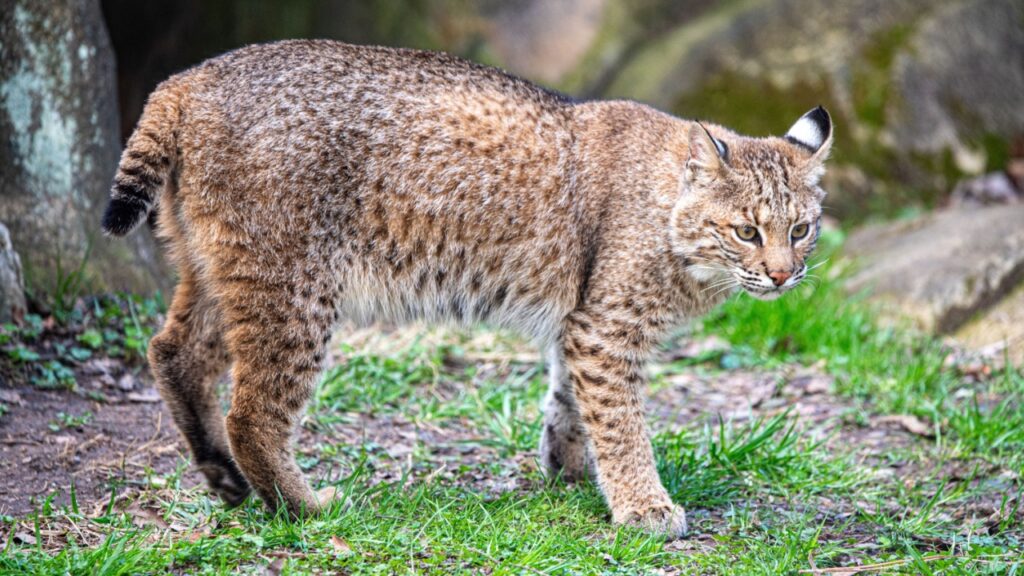
With tufted ears and a short, “bobbed” tail, the bobcat is a stealthy predator of the grasslands. These medium-sized cats are excellent climbers and jumpers, allowing them to pounce on unsuspecting prey from above. Their spotted coat provides perfect camouflage in the dappled light of dawn and dusk, their preferred hunting times. Bobcats have retractable claws and powerful hind legs, enabling them to make quick, precise strikes and take down prey much larger than themselves.
Golden Eagle
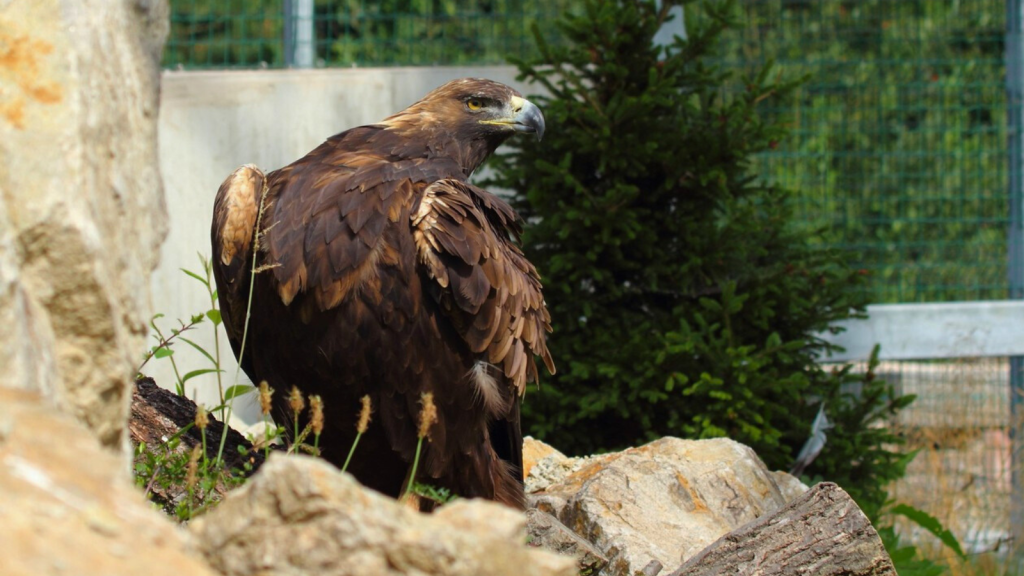
Soaring high above the plains, the golden eagle is a majestic and formidable hunter. With a wingspan of up to 2.3 metres, these powerful birds can spot prey from great distances. They dive at incredible speeds to snatch up rabbits, prairie dogs, and even young deer or pronghorns. Golden eagles have incredibly strong talons that can exert up to 440 pounds per square inch of pressure, allowing them to quickly dispatch their prey upon impact.
American Bison
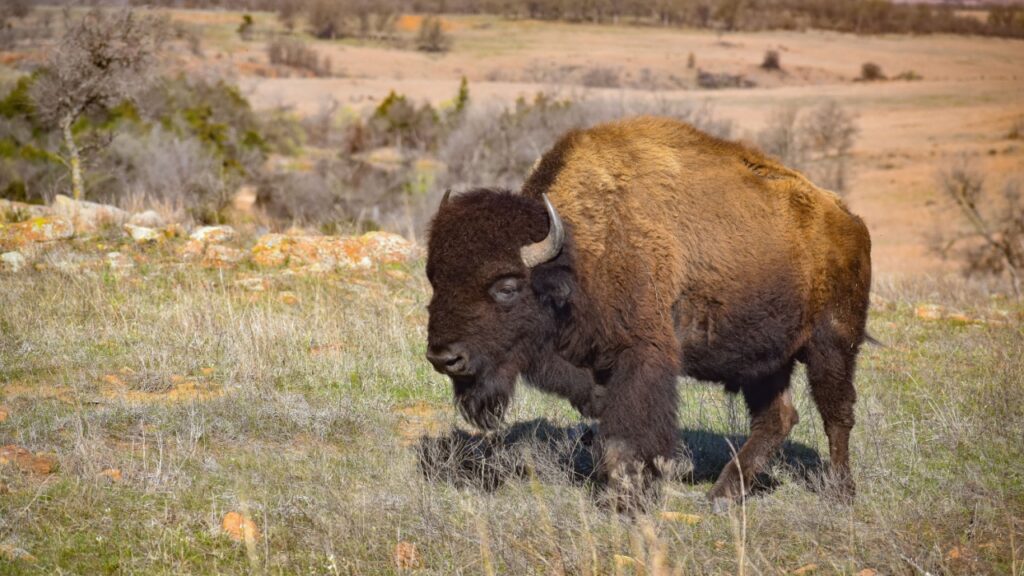
While not typically thought of as predators, American bison can be fiercely territorial and aggressive. These massive mammals, weighing up to 900 kg, have been known to charge at perceived threats, including wolves and even humans. Their size and strength make them a force to be reckoned with on the plains. Bison can reach speeds of up to 35 mph (56 km/h) in short bursts, making them surprisingly quick for their bulk and a potential danger to any creature that crosses their path.
Prairie Rattlesnake
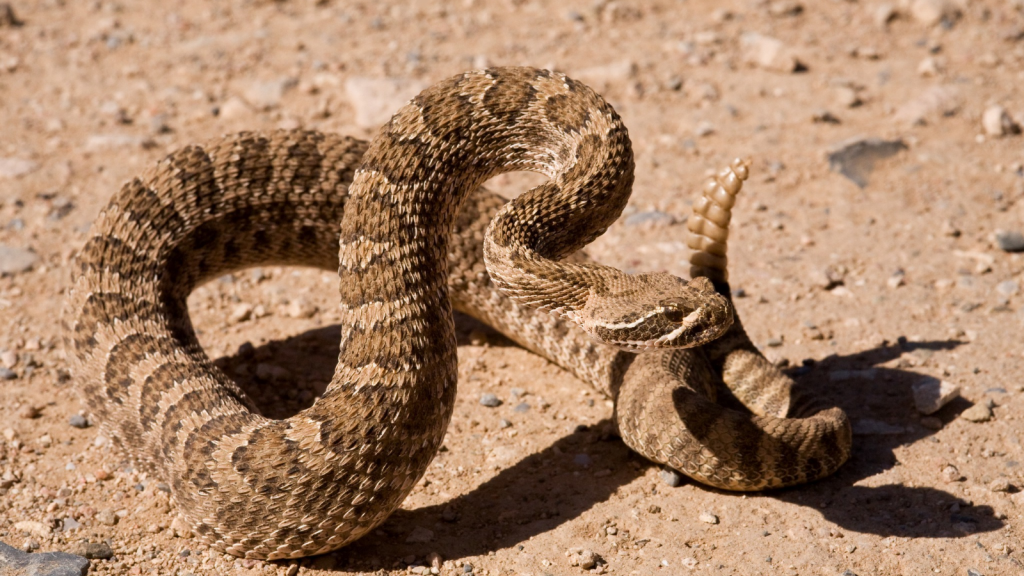
The prairie rattlesnake is a venomous pit viper that lurks in the grasslands. These snakes use heat-sensing pits to locate warm-blooded prey, striking with lightning speed. Their potent venom quickly immobilises small mammals and birds, making them efficient hunters. Prairie rattlesnakes can strike at distances up to two-thirds of their body length and can control the amount of venom they inject, conserving it for future use if necessary.
Great Horned Owl
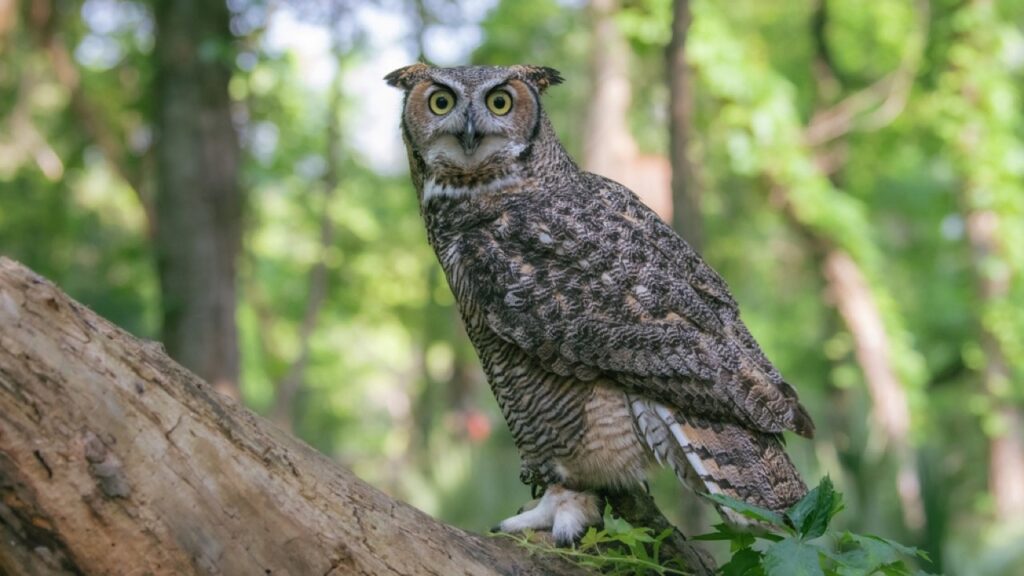
With its distinctive ear tufts and piercing yellow eyes, the great horned owl is a fearsome nocturnal predator. These birds have exceptional hearing and can fly silently, allowing them to swoop down on unsuspecting prey in the dark. They’re known to take on animals much larger than themselves, including skunks and porcupines. Great horned owls have a grip strength of up to 500 pounds per square inch, which is comparable to the bite force of large dogs and can easily crush the bones of their prey.
American Mink
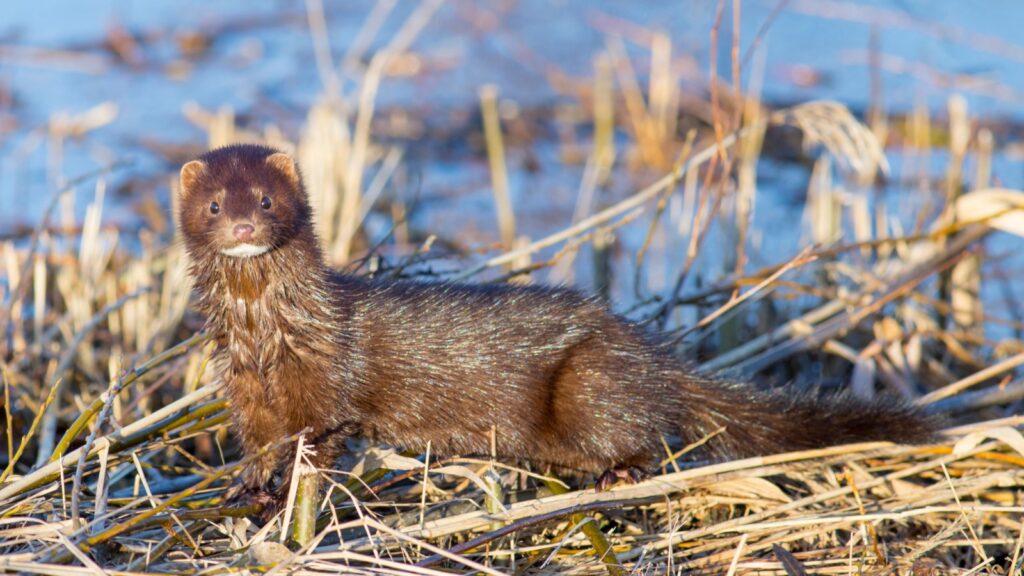
The sleek American mink is a semi-aquatic hunter found near water sources in the Great Plains. These agile mustelids are excellent swimmers and can pursue prey both on land and in water. Their diet includes fish, frogs, and small mammals, which they catch with sharp teeth and quick reflexes. Minks have a water-repellent coat and partially webbed feet, allowing them to swim efficiently and dive up to 5 metres deep in pursuit of aquatic prey.
Ferruginous Hawk
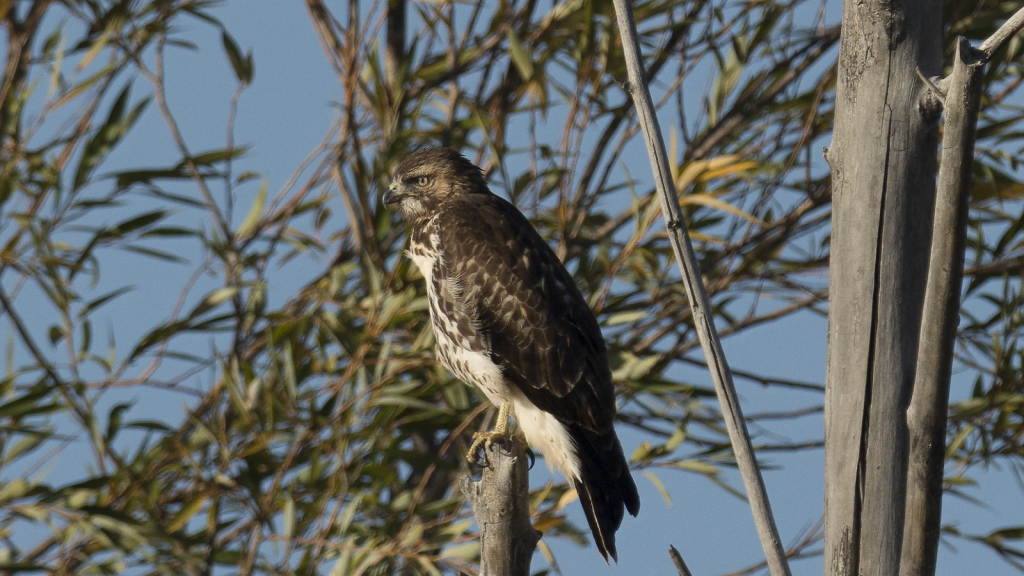
As the largest hawk in North America, the ferruginous hawk is a powerful predator of the open grasslands. These birds have excellent eyesight and can spot prey from high in the air. They’re known for their ability to hover in place before diving down to catch rabbits, ground squirrels, and other small animals. Ferruginous hawks have adapted to conserve energy in their open habitat by perching on the ground or low structures, giving them a unique vantage point for hunting.
Swift Fox
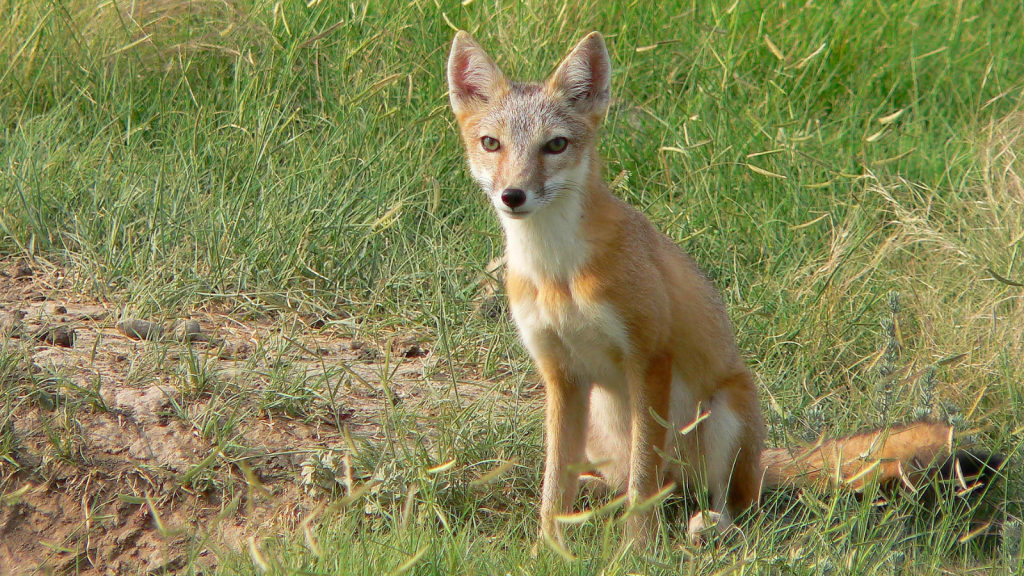
Don’t let its small size fool you – the swift fox is a nimble and effective hunter. These diminutive canines are aptly named for their speed, which they use to chase down insects, small mammals, and birds. Their large ears help them locate prey, even those hidden underground. Swift foxes are primarily nocturnal and have excellent night vision, allowing them to hunt effectively in low-light conditions when many of their prey species are active.
Mountain Lion
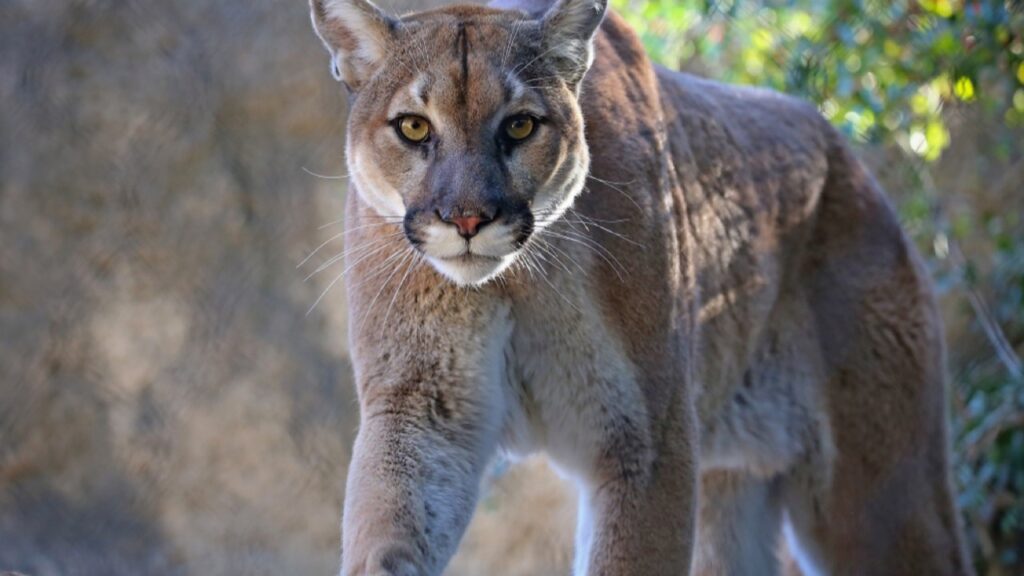
Also known as cougars or pumas, mountain lions are the largest cats found in the Great Plains. These solitary predators are known for their strength and stealth, often stalking their prey before pouncing. They can take down animals much larger than themselves, including elk and deer. Mountain lions have incredibly powerful hind legs that allow them to leap up to 40 feet horizontally and 15 feet vertically, giving them a significant advantage when ambushing prey.
Red-Tailed Hawk
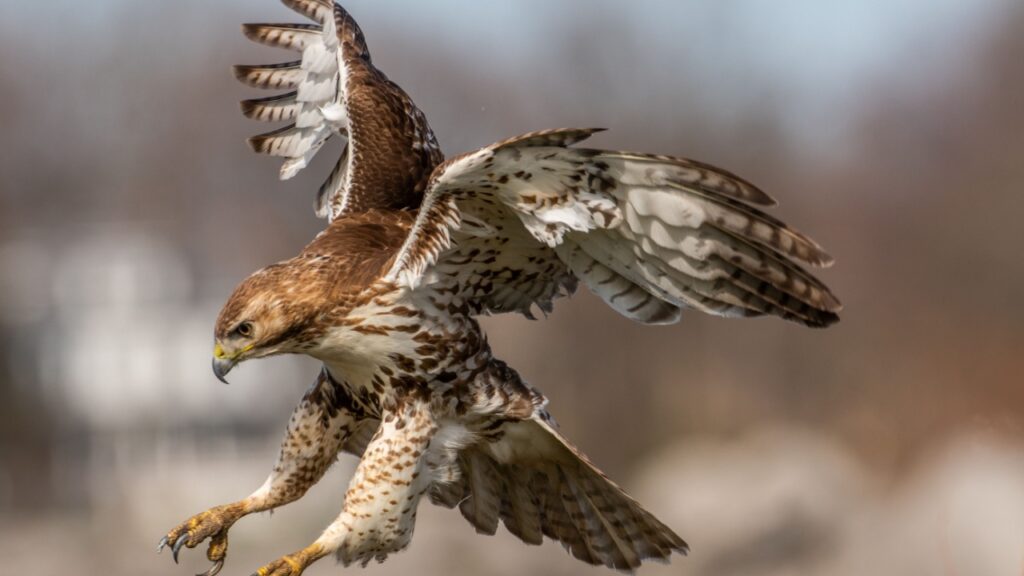
The red-tailed hawk is a common sight soaring above the Great Plains. These versatile raptors have keen eyesight and sharp talons, making them efficient hunters of small to medium-sized prey. They’re known for their ability to adapt to various habitats and hunting techniques. Red-tailed hawks can spot a mouse from about 30 metres away and have the ability to see ultraviolet light, which helps them track urine trails left by small mammals.
Long-Tailed Weasel
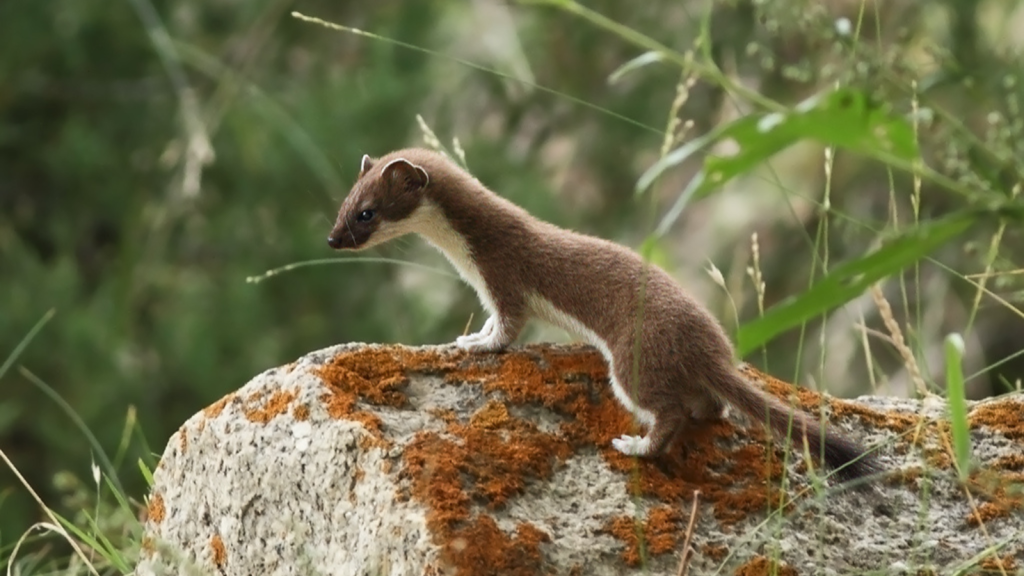
Don’t be fooled by its cute appearance – the long-tailed weasel is a fierce and relentless hunter. These small mustelids can squeeze into tight spaces to pursue their prey, which includes rodents, rabbits, and birds. They’re known for their quick movements and ability to take down animals larger than themselves. Long-tailed weasels have a high metabolism and need to eat about 40% of their body weight daily, driving them to be constant and effective hunters.
American Alligator
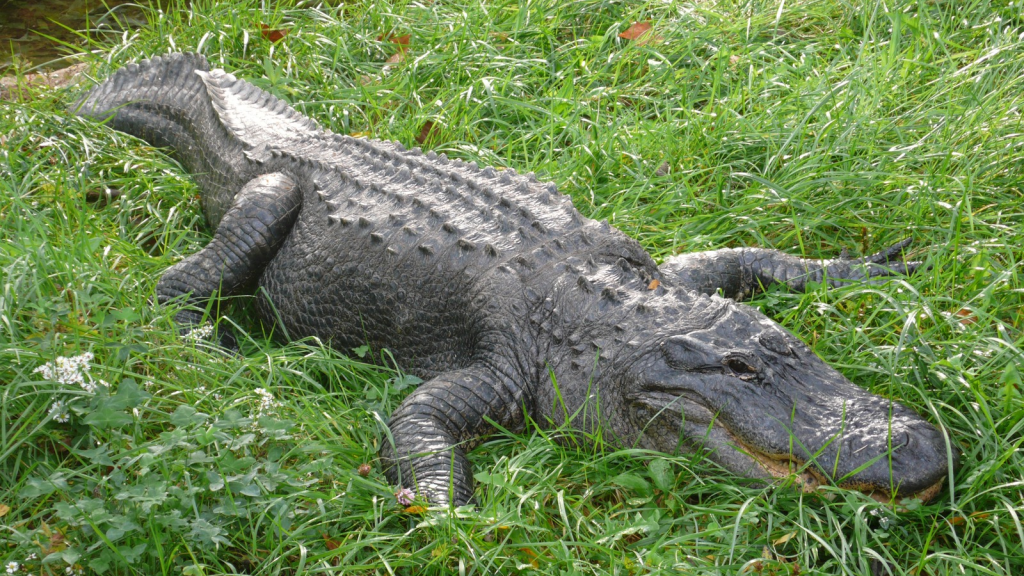
In the southern reaches of the Great Plains, American alligators lurk in wetlands and rivers. These ancient reptiles are ambush predators, lying in wait for unsuspecting prey to come close. With powerful jaws and a stealthy approach, they can catch fish, birds, and even large mammals that come to drink. Alligators have the strongest bite force of any living animal, with larger individuals capable of exerting over 2,000 pounds of pressure per square inch.
Northern Harrier
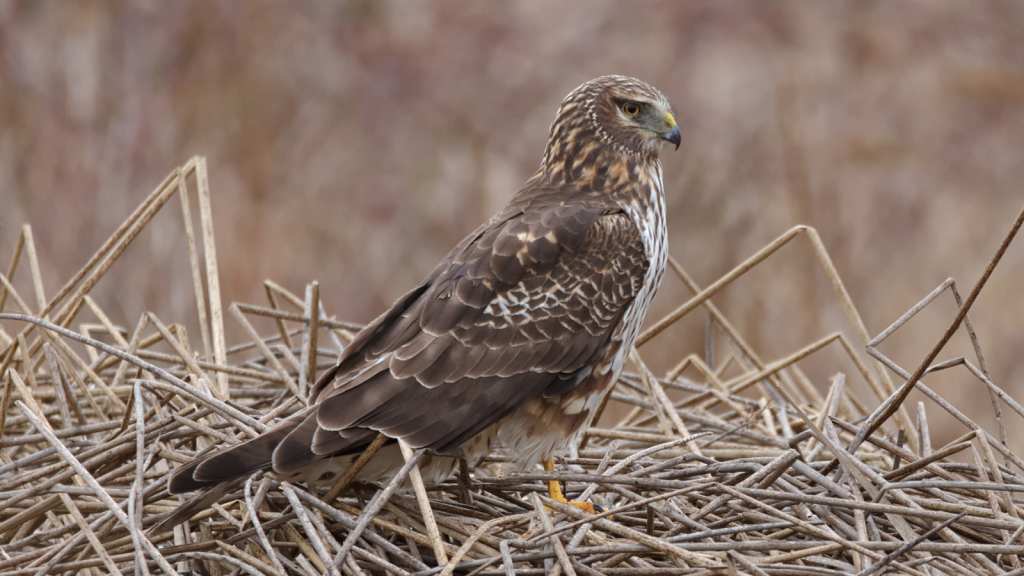
The northern harrier is a unique hawk that hunts low over the grasslands. These birds use their exceptional hearing to locate prey hidden in the tall grass. Their owl-like facial disc helps funnel sound to their ears, making them effective hunters even in low visibility conditions. Northern harriers are one of the few raptors that show significant sexual dimorphism, with males being smaller and lighter-coloured than females, which may help them divide hunting territories and reduce competition between mates.
Gray Wolf
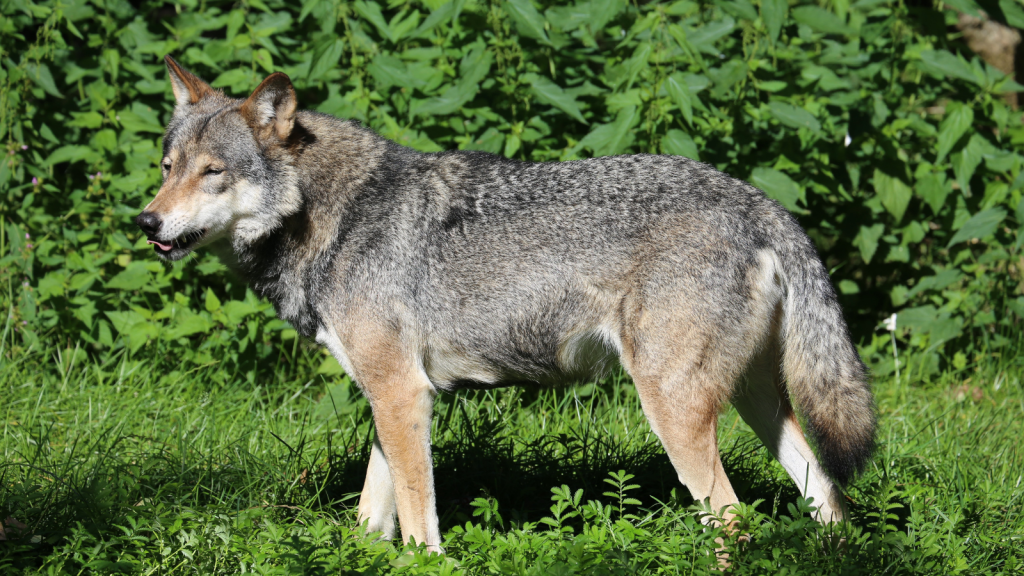
Once nearly extinct in the Great Plains, gray wolves are making a comeback in some areas. These intelligent and social predators hunt in packs, taking down large prey like elk and deer. Their teamwork and endurance make them formidable hunters across the vast expanses of the plains. Gray wolves can trot at speeds of 5-6 mph for hours and have been known to travel up to 30 miles in a single day when hunting, showcasing their incredible stamina and determination.
Becky is a fervent wildlife enthusiast and pet care expert with a diploma in canine nutrition. Her love for animals stretches beyond the domestic, embracing the wild tapestry of global fauna. With over a decade of experience in animal welfare, Becky lends her expertise to OutlandishOwl through insightful articles, captivating wildlife information, and invaluable guidance on pet nutrition. Her work embodies a deep commitment to understanding the intricate lives of animals and a passion for educating others on sustaining natural habitats. Becky's hands-on conservation efforts and her knack for translating complex dietary science into practical pet feeding tips make her an indispensable voice for creatures great and small.

